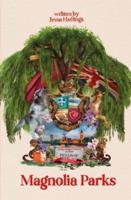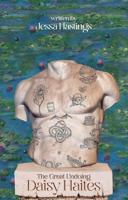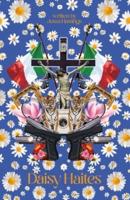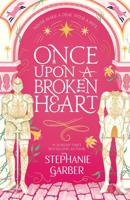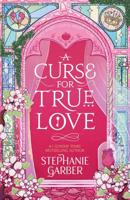Publisher's Synopsis
This historic book may have numerous typos and missing text. Purchasers can usually download a free scanned copy of the original book (without typos) from the publisher. Not indexed. Not illustrated. 1900 edition. Excerpt: ... the same In open battle or the tilting-field, Forbore his own advantage, and the king, In open battle or the tilting-field, Forbore his own advantage, and these two Were the most nobly-mannered men of all. For manners are not idle, but the fruit Of loyal nature and of noble mind."--Guinevere. Thus endeth this noble and joyous book, entitled La Morte d'Arthur; notwithstanding it treateth of the birth, life, and acts of the said King Arthur, and of his noble Knights of the Round Table, their marvellous enquests and adventures, the achieving of the Sangreal, and, in the end, le Morte d'Arthur, with the dolorous death and departing out of this world of them all. Which book was reduced into English by Sir Thomas Mallory, Knight, and divided into twenty-6ne books, chaptered and imprinted and finished in the Abbey Westmestre, the last day of July, the year of our Lord MCCCCLXXXV. i This was centuries before the Turks had occupied Palestine, an inaccuracy iiuite pardonable in traditional history. Mediaeval Legends. St. George and the Dragon--The Lia Fail--Robin Hood--Stone'henge--The Fortunate Isles. St. George and the Dragon. THERE are two St. Georges who figure in British annals, one of whom was a veritable person who suffered martyrdom in Nicomedia in the fourth century. The other St. George is a mythical hero, and is represented as having slain the dragon which a magician had sent to the Princess Alexandria. The dragon is frequently referred to in Scripture, and is supposed by some to have been the crocodile or a giant serpent. In mythology he is always pictured as of immense size, with wings, crest, and a snaky tail. The one slain by St. George is thus represented in a poem of great antiquity: " His scales was bryghter than the glas And...










